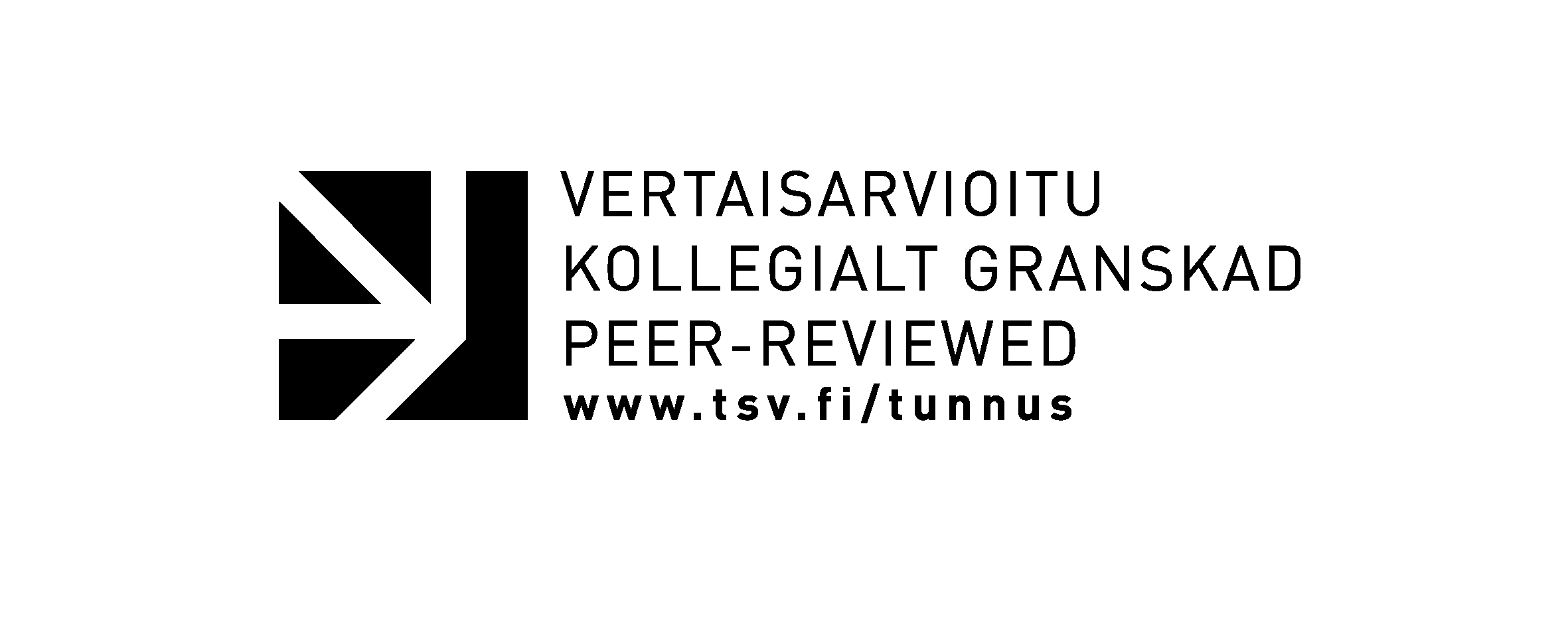For Love of the "Heimat"
Estate Owners' Remigration as a Regional Resource in Mocklenburg
Keywords:
noblemen, Mecklenburg, remigration, estate culture, home region (Abstract
"Back to the ruins" from the plains of Uruguay to the pampas of Mecklenburg. Apart from the weather, everything tallies. At the end of the day, your home is where your history is. (Lasdin 2002, 23.)
This is how Dr. Heinrich Graf von Bassewitz describes his return to the family estate, built in 1721 and left to deteriorate during socialism, in the Mecklenburg area of the former German Democratic Republic on 18 March 2002. This handwritten text has been immortalised in a work in which photographer Bernd Lasdin has documented how 78 families returned to their roots. People's return to their family estates was made possible by the German reunification in 1990, and by a new law according to which people or their descendents who had had a home in the eastern part of Germany before World War II had the chance to reclaim their property, excluding land. (Einigungsvertrag vom 31. August 1990.) A great number of the former estate owners were noblemen; of the approximately 3000 estates in the areas east of the river Elbe, two-thirds of them had belonged to old noble families before the Second World War. In 1945, at the end of World War II, these estates were left in the area of the former GDR and the state confiscated the estates as well as the land. Thus, the estate owners had to give up their property, and in 1945 they fled to the west. (e.g. Lasdin 2002, 10- 13.) One of them was Graf von Bassewitz's father, whose diaries of the escape end with these rather prophetic words: " ... even if we might not return home as soon as we first believed, when it happens, we will have a lot to ponder over". (Tagebuch meines Grossvaters 2007, 79.)







